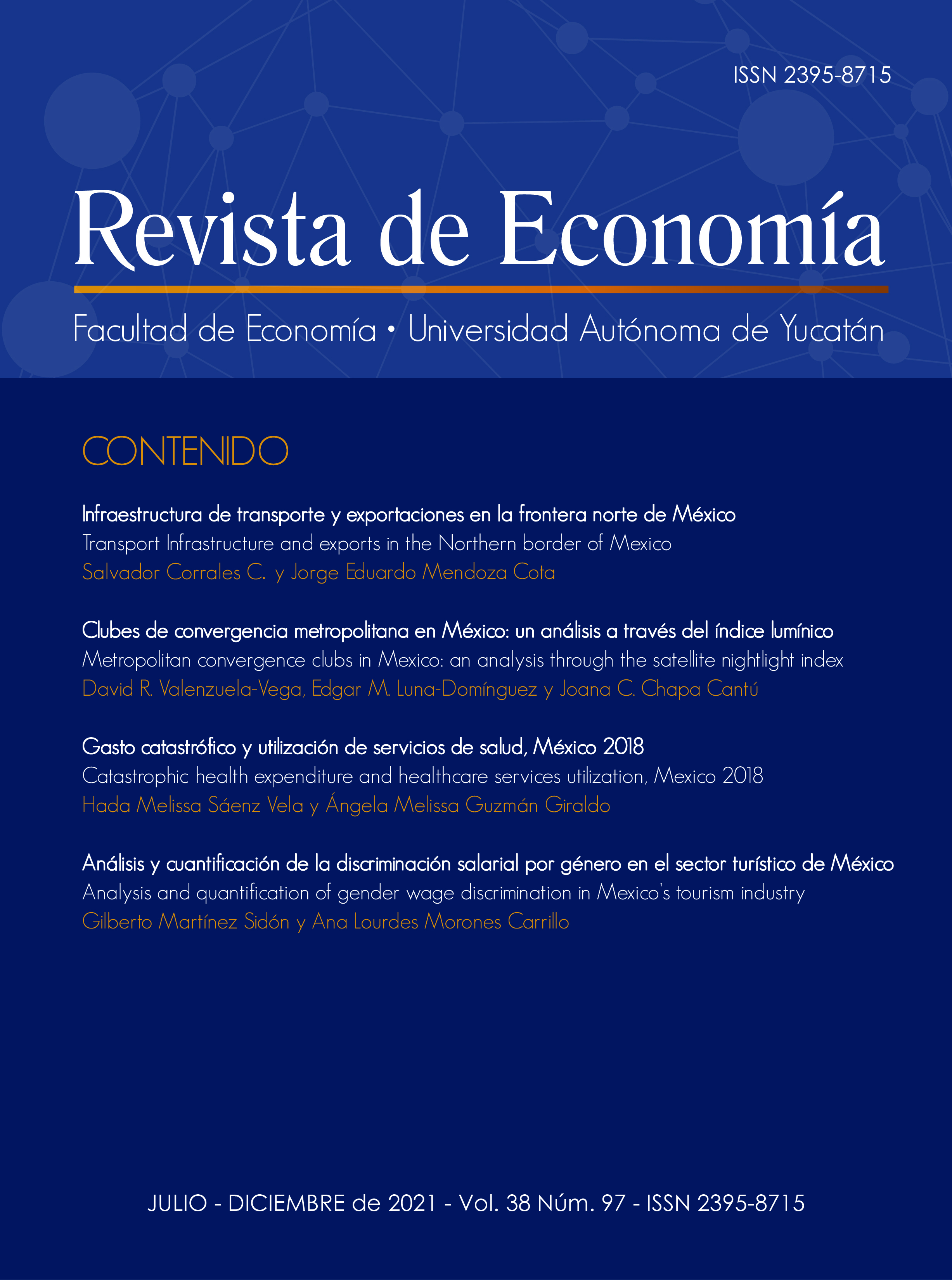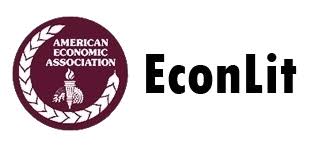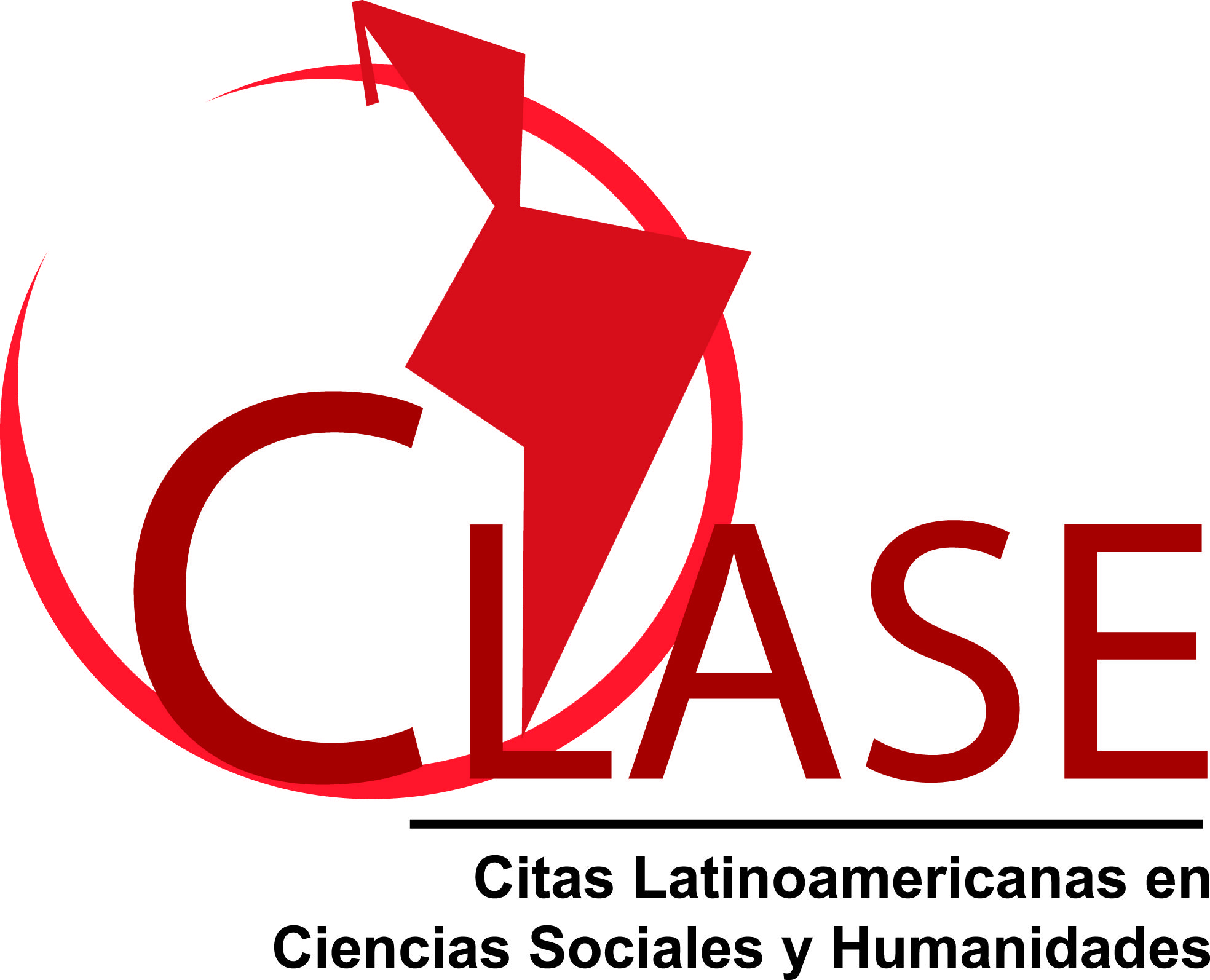Analysis and quantification of gender wage discrimination in Mexico’s tourism industryindustry
Abstract
This article analyzes and quantifies gender wage discrimination by in Mexico´s tourism industry.
Based on Mincer (1974) equations that quantify the private return on human capital, Oaxaca
(1973) and Blinder (1973) methodology is implemented to calculate the wage gap between
men and women, which is divided into endowment effects, coefficients (discrimination), and
interaction. In addition, Heckman's (1979) methodology is used to correct for selection bias to
enter the labor market and selection bias to work in the tourism industry. Control variables are also
included for some occupations. The data was obtained from the National Survey of Occupation
and Employment (Encuesta Nacional de Ocupación y Empleo, ENOE) for the fourth quarter of
2019. The results suggest that 21.95% of the wage gap in the Mexico´s tourism industry in favor
of men can be attributed to investment in human capital, while 39.35% of the gap is explained by
wage discrimination against women. When including control variables of labor occupations, the
percentage that explains the wage gap attributable to discrimination decreases to 38.82%.
Copyright (c) 2021 Journal of Economics, Faculty of Economics, Autonomous University of Yucatan

This work is licensed under a Creative Commons Attribution-NonCommercial-ShareAlike 4.0 International License.
D.R. © Revista de Economía
The conditions that are required when granting the attribution license called CC -BY-NC-SA are the following:
1. The Universidad Autónoma de Yucatán must be clearly identified as the owner of the copyright of the original publication.
2. The material may not be used for commercial purposes.
3. Any derivative work must be published and distributed under the same open access license as the original publication.











